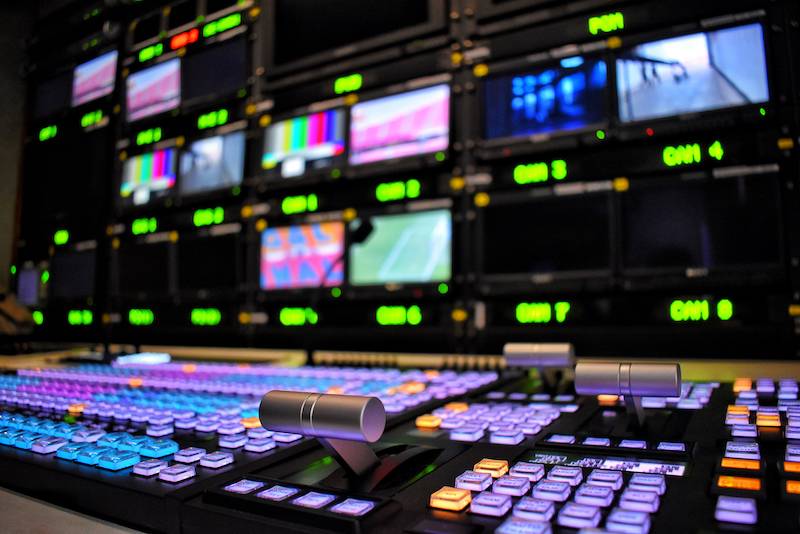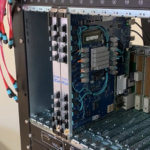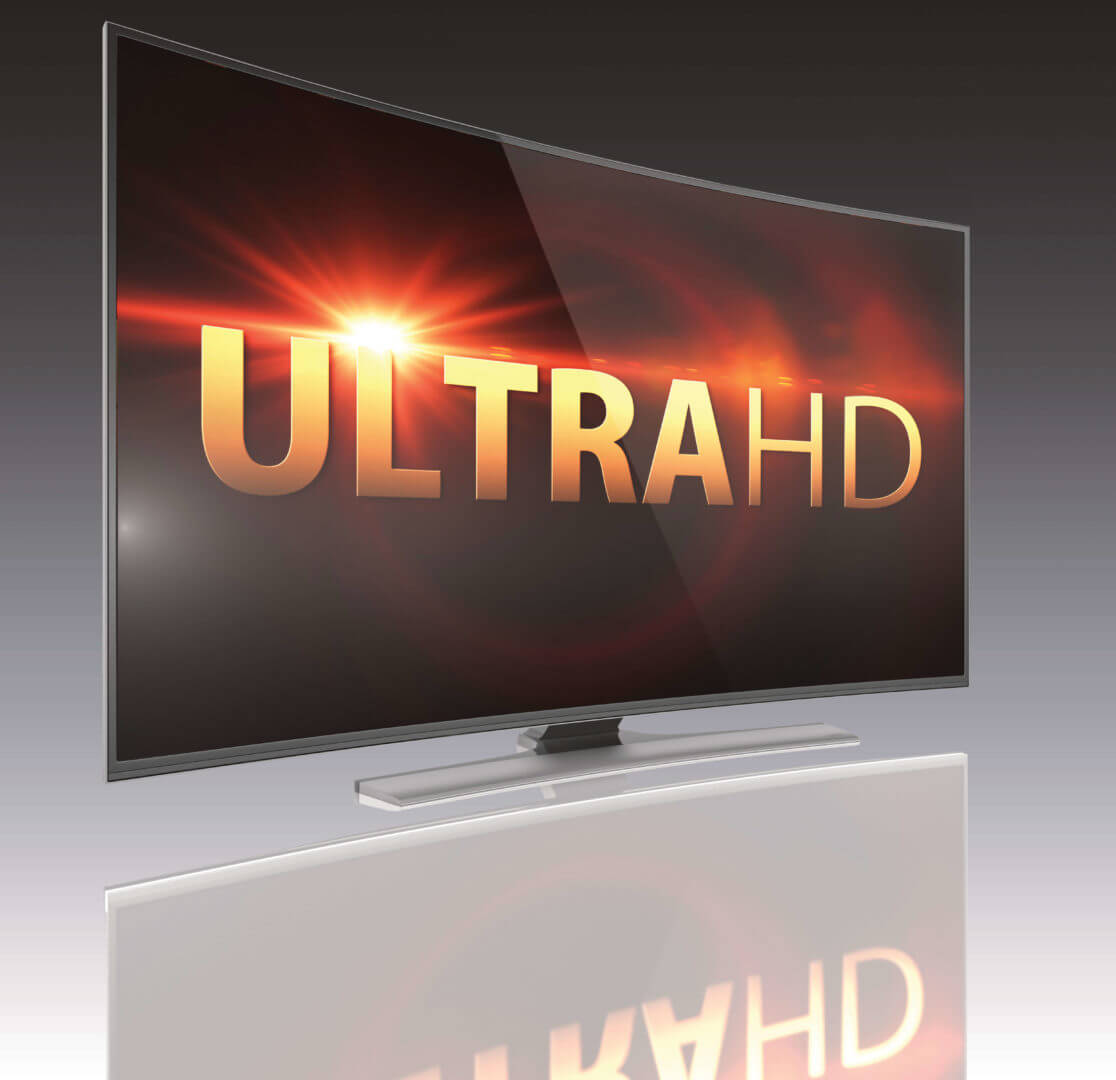Modern digital technology has transformed the face of the broadcast and television industry. From the way the images are captured to the delivery of content to consumers, the world of TV broadcast has undergone a dramatic shift in the last quarter century.

Television producers and filmmakers no longer rely on physical film stock or magnetic tape to store images. Modern computer technology allows huge amounts of video information to be stored easily and recalled quickly. Except for a few specialist moviemakers who still use traditional celluloid film, the industry has overwhelmingly adopted digital solutions for storage and projection.
This has gone hand-in-hand with the changes in video capture technology. The analogue camera has all but disappeared as digital sensors have become more capable. Initially, these digital cameras still used magnetic tape for recording their output, but even this technology has passed from common use as digital storage has matured. Film and TV producers are no longer tied to physical recording media.
Live Video Broadcast
Live broadcast was once a key part of everyday television, but as filming technology advanced, broadcasting in real time became less common. It still forms a key part of programming, however. News and current affairs, major entertainment events and sporting fixtures all rely on the immediacy of live broadcasting. Technology has changed, along with our expectations as viewers. The emergence of high-definition technology as we understand it now has been enabled by the latest camera technology. Modern sensors are capable of capturing images in remarkable clarity, with screen resolutions of over 8 megapixels per image (4K HDTV) becoming common.
However, transmitting this volume of information means that broadcasters cannot rely on existing infrastructure. While some professional cameras have adopted fiber optic connectors to transmit the volume of data required for today’s broadcasts, coaxial connectors are still a common fixture in TV studios around the world. These are precision RF connectors, optimized for the data rates that modern TV demands.
In the Production Booth
Making great television is not just about the camera. Producers control the output and therefore must be able to switch quickly between different inputs and recordings to provide a seamless experience for the viewer. To achieve this, TV professionals use a range of discrete monitoring devices with recording and playback functionality which allows them to react faster.

This equipment requires connectors and cables that can handle the high data rates while helping to keep latency low. They also need to be compact, as these activities are not limited to conventional studios. The outside broadcast has long been a key part of live television, whether at sporting events or reporting on current affairs. The mobile unit boasts the same advanced technology as the fixed studio, and therefore requires the same architecture.
While live broadcast delivers its footage immediately, there is also the need to record and recall footage at a moment’s notice. Not only do producers need this flexibility for the sporting instant replay or the coverage of important events, but our behavior as viewers has also changed. The growth of streaming and Video-on-Demand (VoD) means that both producers and consumers must have access to storage technology that delivers the required content at the flick of a switch.
Samtec Solutions
Samtec has an extensive portfolio of connectors and cabling solutions that are suitable for the data-hungry environment of the broadcast industry. These products are ideal for delivering the low-latency and high data transfer rates that TV professionals demand while also enabling the infrastructure on which we as consumers depend.
The Broadcast Video applications page provides a huge amount of information about the range of products that have been adopted across this industry. From precision RF connectors that can support the 12 Gbps Signal/Data Serial Interface (12G-SDI) using 75 Ohm BNC connectors, to high-speed cable assemblies that provide both small size and 112 Gbps PAM4 performance, Samtec has an extensive range of options for the designer and producer. Visit the page today to learn more about how Samtec can solve your broadcast challenges.



Leave a Reply